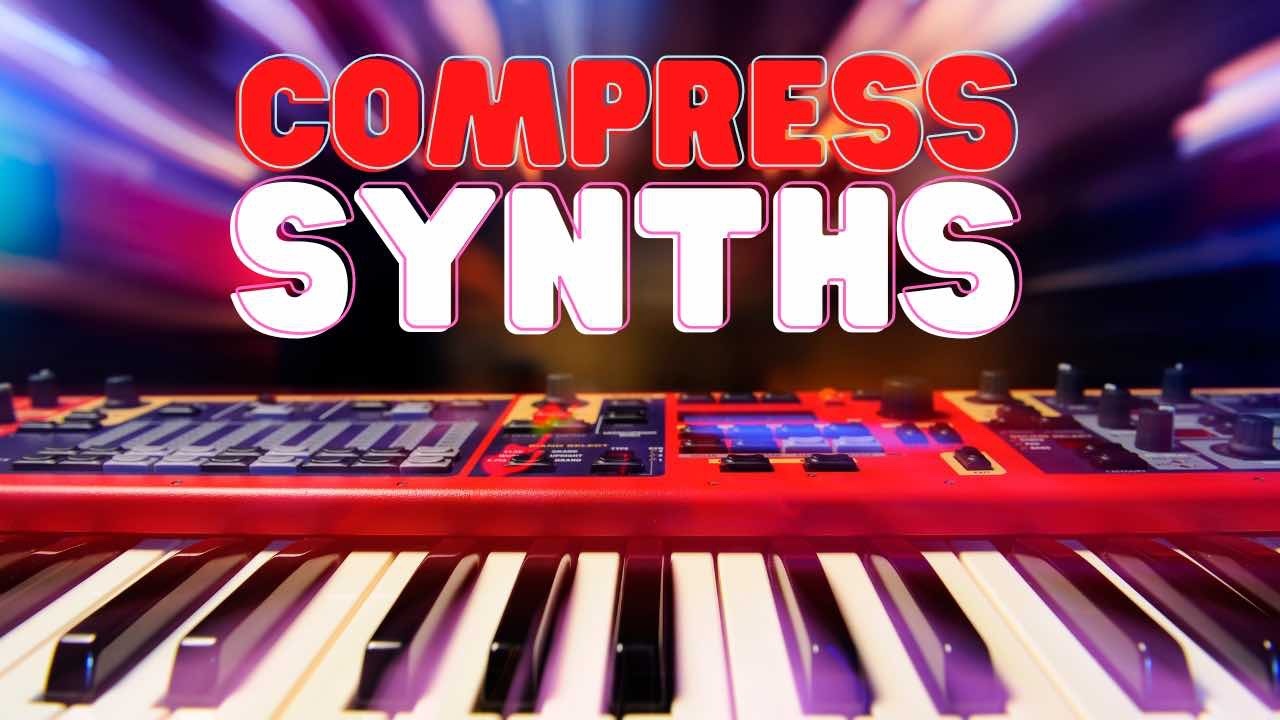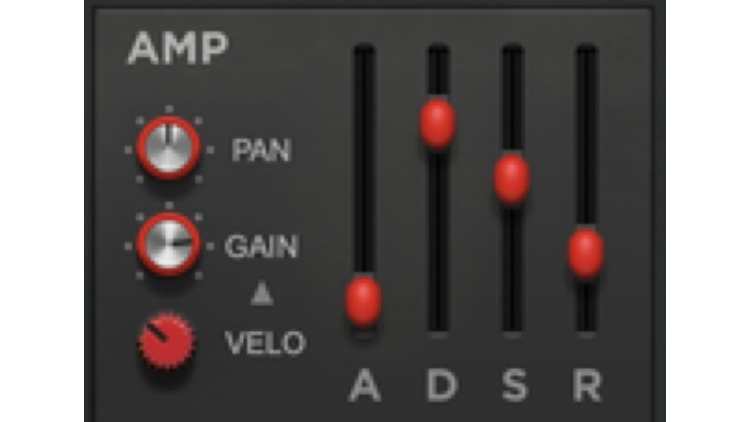How to Compress Synthesizers

The sheer variety of different synth sounds can make them really challenging to mix. Thankfully, this article will provide you with a powerful framework for how to approach compressing synthesizers.
Let's dive in!
Note: This article may contain affiliate links, meaning I would receive a commission - at no cost to you - for any products you purchase.
Challenges of Compressing Synthesizers
Depending on the types of synthesizers you’re working with, you might not need any compression. Many synth VSTs have built-in compression, and, if not, they often have very little dynamics.
With that said, the world of synths is VAST. From atmospheric pads to transient-heavy plucks, the challenge of compressing synthesizers is knowing what role the synth is playing and determining whether or not it truly needs control.
A punchy bass synth would probably require far more compression than a shimmering synth brass chord.
Should You Compress Synths?
I'll be honest - if you're using synths in your mix, you might not need to use much compression.
Why?
Because you'll be able to get even more control over the synth's dynamics by using a synthesizer's built-in ADSR curve!

Essentially, if you increase the attack of a synth using the "A" in the ADSR, it's like adding a lot of fast compression. If you reduce the "D" (decay) of a synth, it's like adding a compressor with a slow release.
So before you reach for a compressor on your synths, consider what changes you can make to the ADSR curve to make the sound sit better in the mix. Because an ADSR curve adjustment will be more precise and transparent, it should be the first option; only if it falls short should you consider reaching for a compressor.
That said, if you're mixing someone else's track and you don't have direct access to the synths, then go ahead and use a compressor!
Synthesizer Compressor Settings
As I said before, nailing down specific synth compression settings is pretty difficult, as there are thousands of different synth sounds out there, all with their own dynamic characteristics.
A synth bass can probably be compressed like a bass guitar, while an atmospheric pad can certainly be compressed like a string section.
The best way to approach compressing synthesizers is to determine what organic instruments they best represent, and using compression settings you would use on those instruments accordingly.
Now, with all of that said, the way in which I would approach general synth compression would be with an optical compressor, such as the LA-2A or CL-1B. With a soft knee and a ratio of around 2:1, you can generally get enough control for your needs
However, if you've got a more powerful, saw-type lead sound, an 1176 style compressor with a fast attack and release setting and a ratio of 4:1 could help you control the sharpness of the synth while still maintaining the edge.
Learn more about Mixing with Compression
This is only one part of mixing with compression! Luckily, I've put together a bunch more articles to help you master this crucial mixing skill!
- How to Use a Compressor: Learn to Mix with Compression Quickly!
- Sidechain Compression Explained for Beginners & Key Settings
- 3 Tips for Using a Sidechain Compressor to Add Punch & Clarity
- Multi-band Compression Tutorial for Great Vocals, Drums & More!
- How to Use Mid-Side Compression for Amazing Recordings!
- How to Use Parallel Compression for Powerfully Punchy Mixes
- Should You Compress Reverb? The Real Answer Finally Revealed.
- The 5 Types of Compressors (And Exactly When To Use Each)
- 10 Vocal Compression Mixing Tips (Including Best Settings)
- 9 Powerful Drum Compression Techniques for Punchy Pro Mixes
- Loud, Punchy Kick Drums with these Compression Settings
- How to Compress Snare - Use *These* Settings Punchy Snares
- Exactly How to Compress Bass for Tight Low End Thump!
- How Compress Acoustic Guitar Perfectly, Every time
- How to Compress Synthesizers: Best Compressor Settings for Synths
- How to Compress Organ: 4 Steps to a Great Mix!
- How to Compress Percussion: Compression Settings for Everything
- How to Compress Strings: 8 Magic Settings You Need to Know
From a Frustrated Producer in a Ragtag Bedroom Studio to Major Placements on TV Earning $1,000s!
My name is Evan, and I've been making music since around 3rd grade. I'm from San Diego, California, but I've lived in Washington, DC for the last 20 years.
While I still have a full-time day job, I have created systems that have allowed me to produce dozens of songs a year in my spare time.
My songs have been on Netflix, TV shows like the 90 Day Fiance, an award-winning indie film, and NPR’s “All Thing Considered.” They've also been streamed millions of times.
In addition to being a music producer, I am passionate about teaching people how they can make professional-sounding music and earn money licensing it, all in their spare time.
Thousands of musicians, like yourself, have trusted me to guide their musical journey. My YouTube videos have been watched nearly a million times. And my story has been in Forbes, Side Hustle Nation, and the Side Hustle School.





